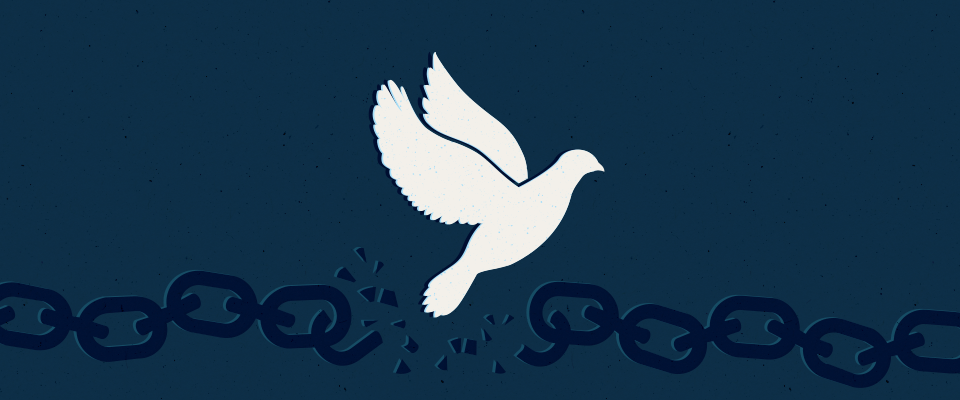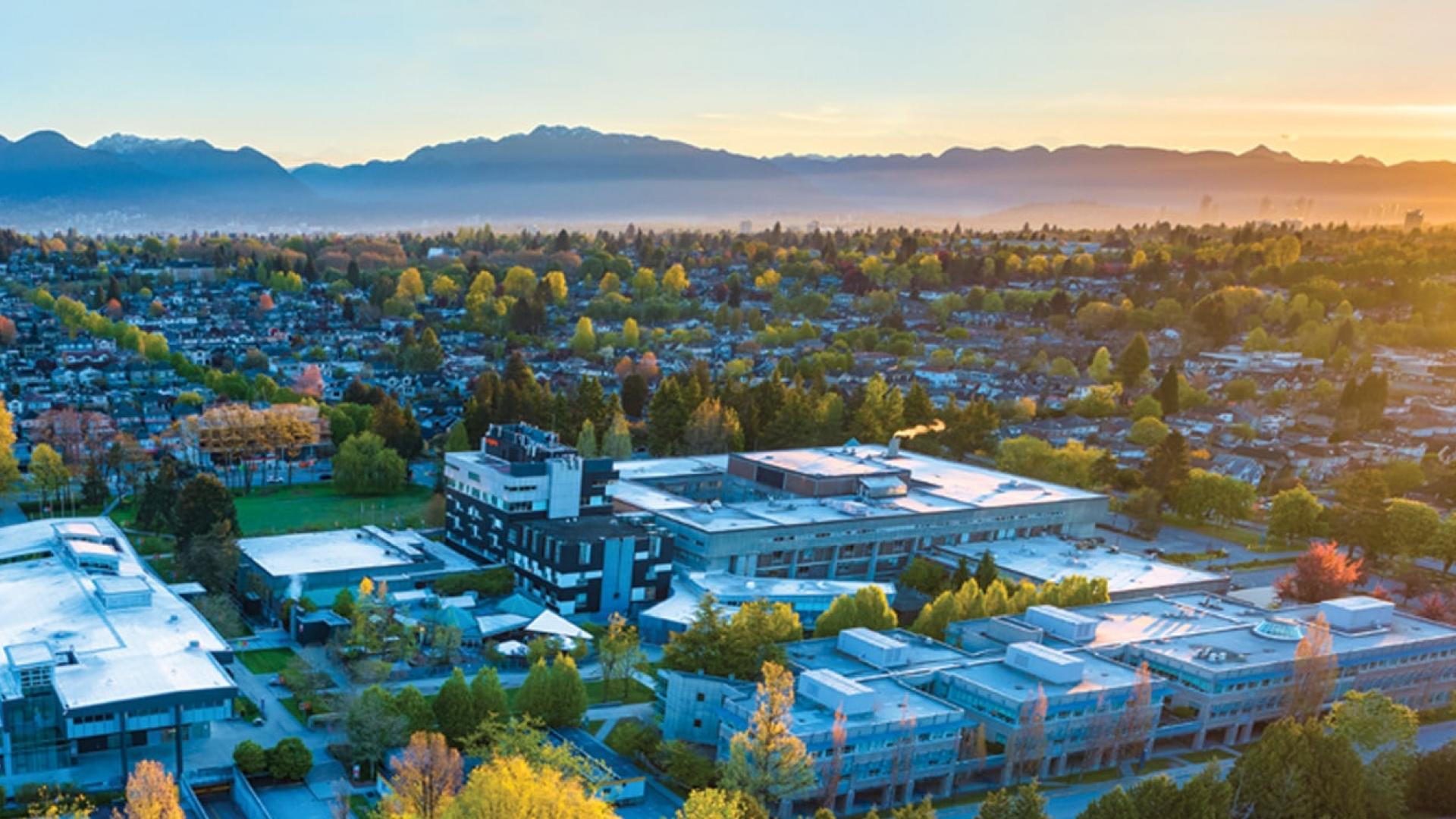
Origins
Emancipation Day, recognized on August 1st in Canada, marks the date when the Slavery Abolition Act of 1833 came into effect across the British Empire. This marked 205 years after the first person of African descent, a six year old boy named Olivier Le Jeune, was sold into enslavement in New France (Quebec) in 1629. Prior to this date, Indigenous peoples were also enslaved by Europeans in Canada, a practice which started in the 1500s. Despite legislation ending the practice of chattel enslavement (i.e. where one person is the property of another) in 1834, most enslaved people in Canada were not free until six years later. Those who were six years old and over were required to continue labouring without pay as a means of “compensation” to slave owners. The centuries of enslavement in Canada casts a long shadow as colonial revisionist histories erase or excuse the white supremacy that informed this brutal system of trade and whose legacy persists today.
Meaning Today in Canada
August 1st is a day to pause, reflect, and honour the accomplishments and perseverance of Indigenous and Black peoples in Canada, who experienced and struggled against enslavement for centuries. For settlers in Canada, it is important to listen to Indigenous and Black voices who are still impacted by the legacy of enslavement and who lead the fight against its modern iterations (e.g. segregation, displacement, incarceration, etc.). Today, over 40 million people are enslaved despite a global ban, with twenty-six percent of those being children.
Engagement and Learning
Ahead of Emancipation Day, the Office of Equity, Diversity and Inclusion offered a tour of Hogan’s Alley to students and staff. This experience offered participants insight into the historical Black community that lived in the area where the Georgia Viaduct was constructed. Black residents were displaced from their homes in this area over several decades into the early 1970s. The demolition of this thriving community and the displacement of its residents serves as a stark example of systemic anti-Black racism in Canadian urban planning within our own city.
Readers will notice that “enslavement” or “enslaved” is used in this post, in place of “slavery” and “slaves.” This is the preferred language used by the descendants of enslaved peoples as well as most academics, researchers, and journalists. The rationale behind this nuance is well explained by Nikole Hannah-Jones:
I think when we hear the word 'slave,' we think of slavery as being the essence of that person. But if you call someone an enslaved person, then it speaks to a condition. ... These people were not slaves. Someone chose to force them into the condition of slavery. And that language, to me, is very important, as is using the word 'enslaver' over 'slave owner' because these people didn't have a moral right to own another human being, even though the society allowed it.
Emancipation Day Resources
- CUPE’s Report on The Colour of Privatization
- “Enslaved” reading list
- Black advocates hope B.C.’s proclamation of Emancipation Day sparks change
- To understand B.C.’s Black history, connect past and present in Canada
- Debunk: Myths about History of Black People in B.CBlack Enslavement in Canada
- Enslavement of Indigenous People in Canada
- Black Loyalists in British North America
- Jamaican Maroons in Nova Scotia
- The story of slavery in Canadian history
- Slavery | Virtual Museum of New France
- A Short History of Slavery in Canada
- Slavery in Canada
- Enslaved Africans in Upper Canada
- To "Canada" and Back Again: Immigration from the United States on the Underground Railroad (1840-1860)
- Slavery and its Gradual Abolition in Upper Canada
- Slavery in Canada (PDF format)
- Anti-Slavery Society of Canada — Canadian Encyclopedia
- Black History in Canada - Historica Canada Education Portal (PDF format)
- Celebrations of Emancipation Day National Historic Event - Parks Canada
